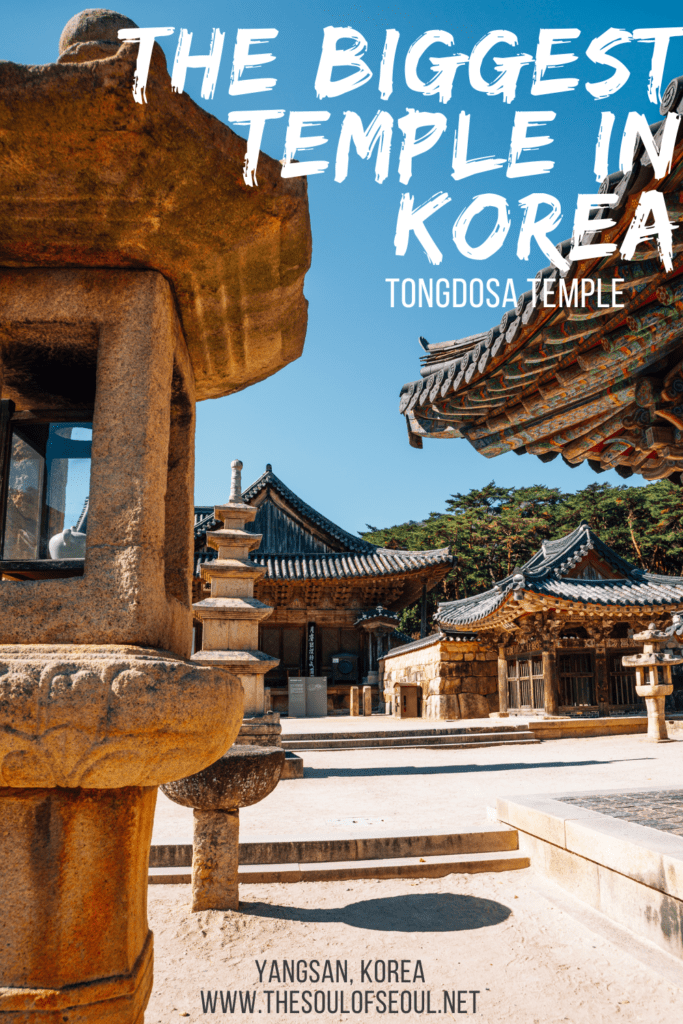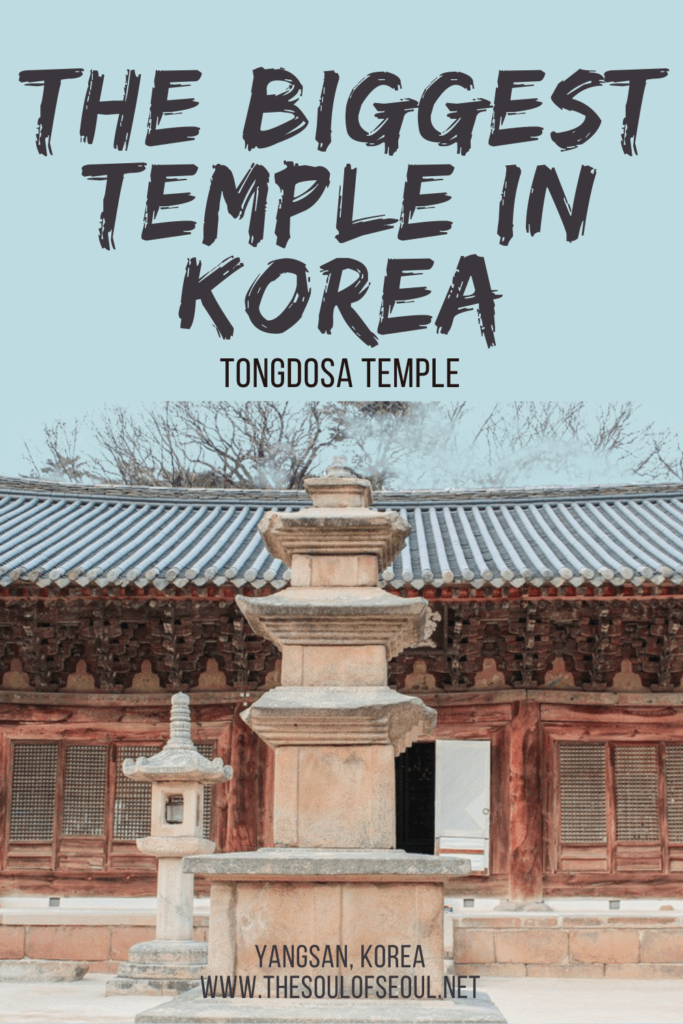The Biggest Temple In Korea: Tongdosa Temple
Last Updated on May 31, 2024
When you’re traveling around Korea, or even just sticking to Seoul, you will no doubt run into at least one Buddhist temple. Stay in Seoul and you can see the popular Jogyesa Temple or Bongeunsa Temple among others. Head out to go for a hike and you’ll find even more hidden away in the mountains of Korea.
If you’re really intrigued by the spiritual and historical ambiance to be found at Buddhist temples in Korea, then you should definitely visit Tongdosa Temple (통도사). Renowned as one of the Three Jewel Temples of Korea (Haeinsa Temple and Songgwangsa Temple being the other two), it is also the largest temple in Korea.
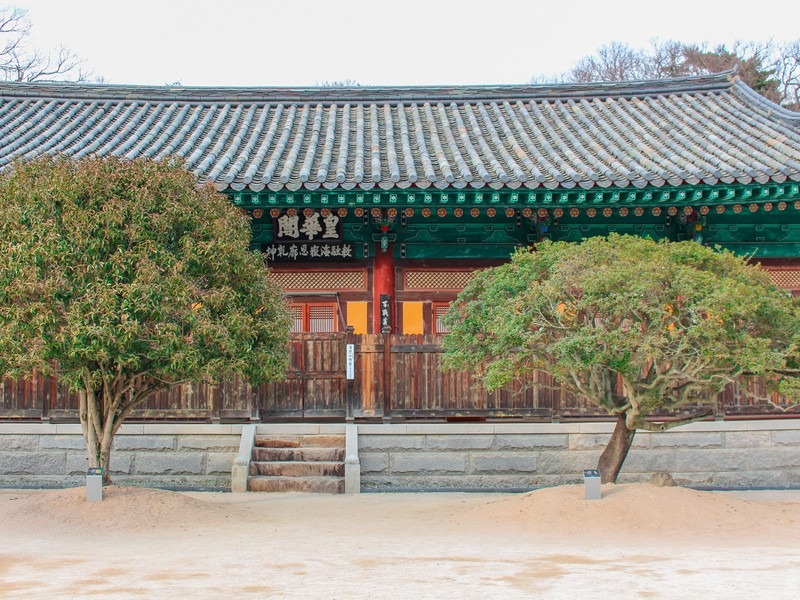
Often called “the temple without a Buddha,” Tongdosa distinguishes itself with its courtyards, structured around several pagodas and a Buddhist altar, rather than the traditional statues. I visited with my family one year when we went to see them in Busan and it is really not to be missed and a great day trip from Busan too.
- How To Get There
- Where The Dragons Lived
- A Journey Through History and Spirituality
- The Modern-Day Temple
- Annual Events at Tongdosa
(This post contains affiliate links, which means I receive a certain percentage of a sale if you purchase after clicking at no cost to you. Thank you for your support.)
How To Get There
Address: 108 Tongdosa-ro, Habuk-myeon, Yangsan-si, Gyeongsangnam-do (경상남도 양산시 하북면 통도사로 108)
Directions: One of the best aspects of Tongdosa is its accessibility. Located just a few kilometers north of Busan’s Nopo bus terminal, it makes for an easy half-day trip from Busan or other parts of Gyeongsangnam-do province. You can take a taxi from Nopo Station that will arrive in just 30 minutes or take local bus 12 or 12-1 and transfer to maeul bus (small bus) Jisan1.
Join a tour: Want to get more out of your visit? Go with a guide:
- Tongdosa Temple & Tongdo Sauna with Jeju Black Pork Barbecue Lunch: Book this tour with kkday.
- Private Tongdosa Temple Tour including Gourmet Eonyang Style Bulgogi Lunch: Book this tour on Viator.
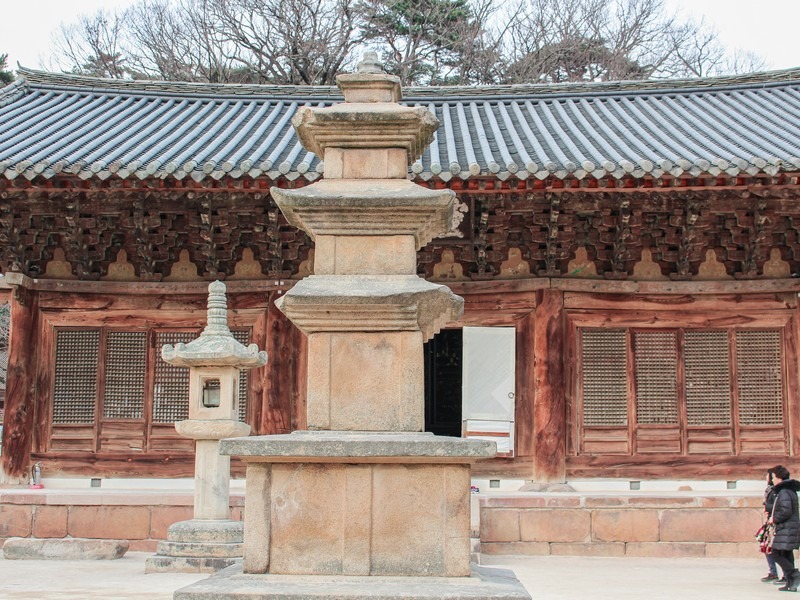
Where The Dragons Lived
In the early days of Tongdosa’s founding, a legend tells of a time when nine malevolent dragons resided in a vast pond near the site. The great monk Jajang-yulsa, determined to establish a sacred space, attempted to expel these dragons by reciting powerful magic texts. However, the stubborn dragons refused to leave.
Undeterred, Jajang-yulsa took a different approach. He inscribed the Chinese character for fire onto a sheet of paper and cast it into the sky. Simultaneously, he used his long stick to strike the water in the pond. As a result, the water began to boil intensely.
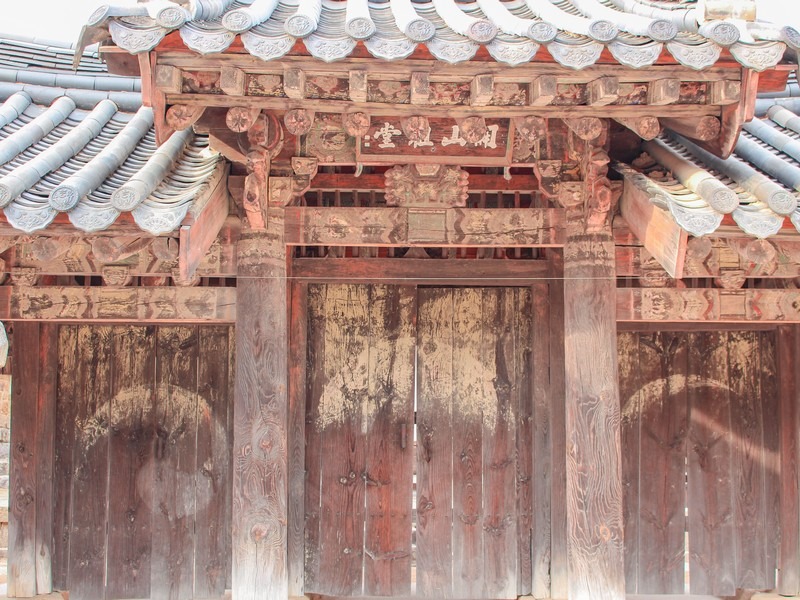
Unable to withstand the searing heat, the dragons panicked. Three of them, in their frantic attempt to escape, flew wildly and crashed into a nearby cliff, which became known as Yonghyeolam, or “dragon blood rock.” Five more dragons fled southwest, finding refuge in a valley that is now called Oryonggok, or “five dragon valley.”
The ninth dragon, overwhelmed by the heat and unable to see, pleaded with Jajang-yulsa for mercy. He vowed that if his life were spared and he could remain in the pond, he would forever protect the temple. Moved by the dragon’s sincere promise, Jajang-yulsa granted his request. Thus, the blind dragon stayed behind as the guardian of Tongdosa.
To this day, Nine Dragons Pond, now known as Guryongji, stands beside the main temple hall, a reminder of the legendary dragons and the enduring spirit of protection that pervades Tongdosa.
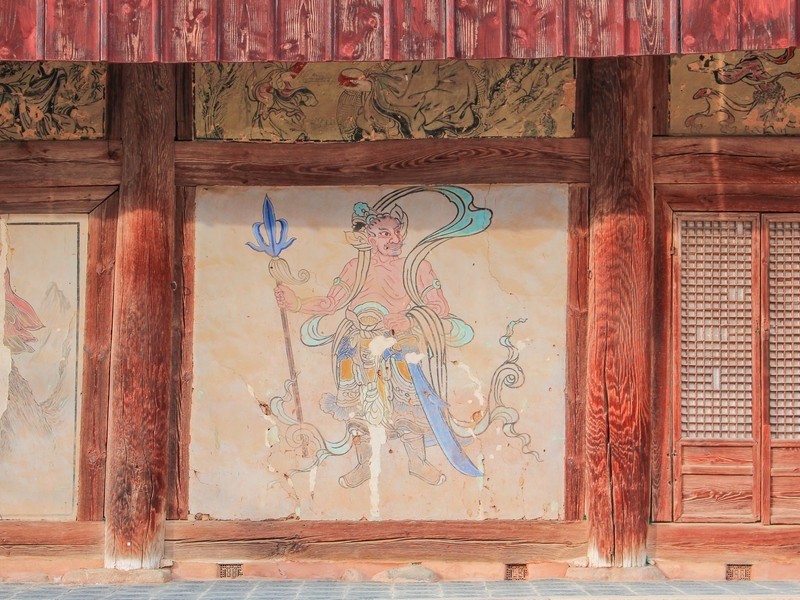
A Journey Through History and Spirituality
Tongdosa’s significance is rooted in its ancient history and the relics it houses. Founded in 646 by the revered monk Jajang, the temple was established to enshrine relics of Sakyamuni, the historical Buddha, that Jajang brought back from his travels in Tang China in 646 AD.
These relics are kept in a special reliquary stupa known as Geumgang Gyedan, which remains a focal point for pilgrims and monks. Tongdosa is said to house several relics from the Buddha himself, including a sari, a begging bowl, and a bone from his skull.
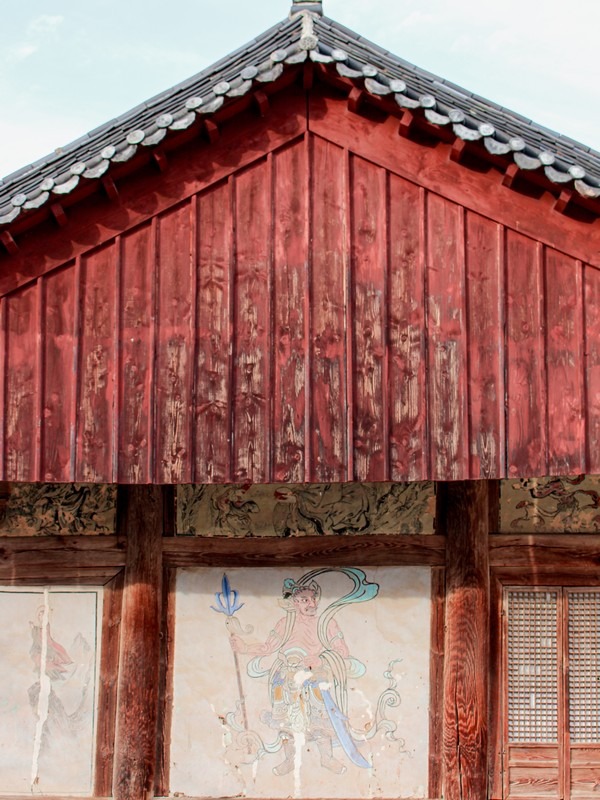
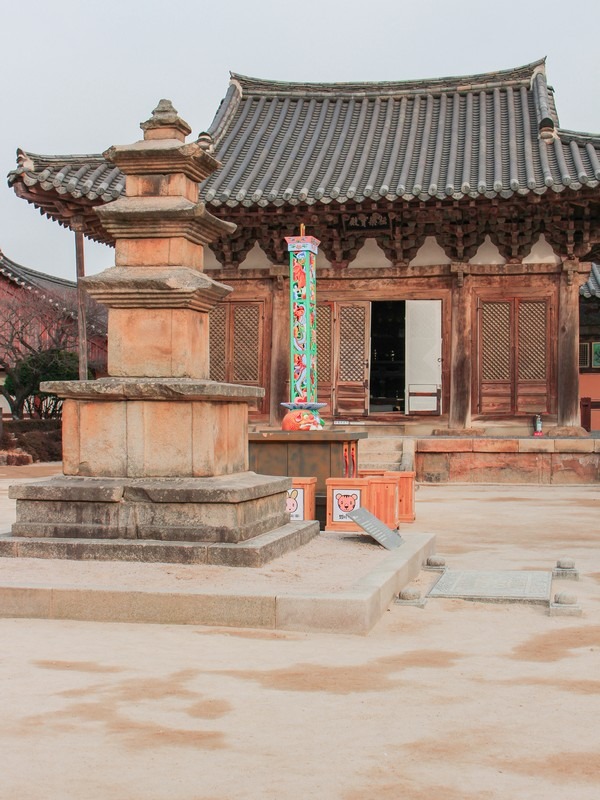
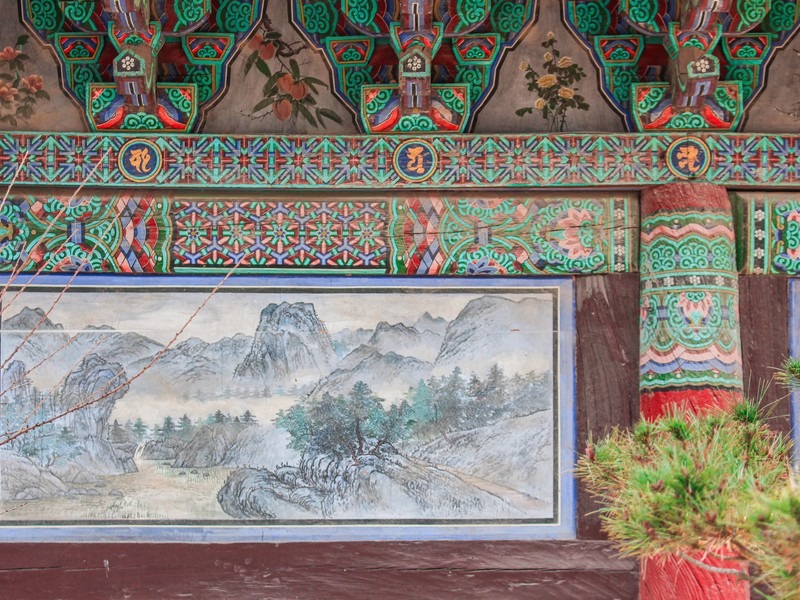
The temple’s historical importance continued through Korea’s tumultuous periods, including the Goryeo Dynasty (935–1392), when Buddhism was the state religion. This era saw a flourishing of temple construction and Buddhist art.
In the mid 15th century, Tongodsa Temple is said to have housed thousands of monks and had hundreds of buildings in the complex.
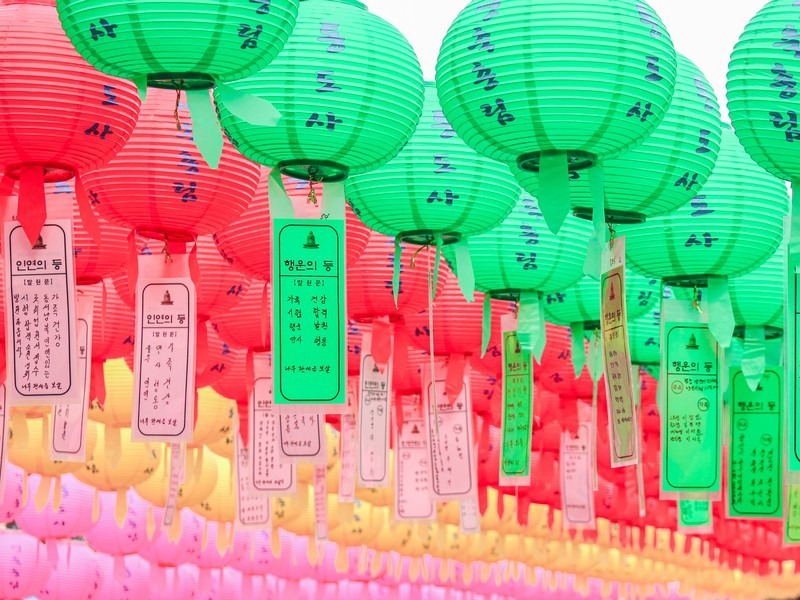
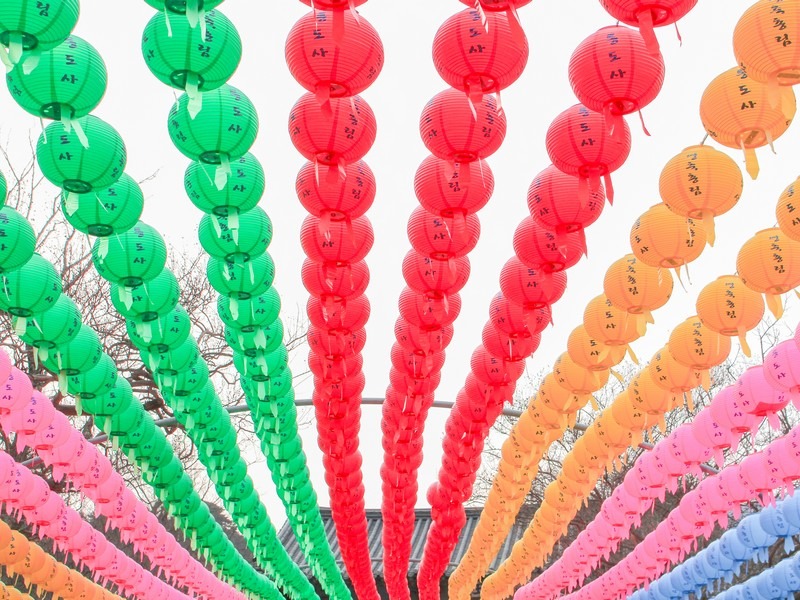
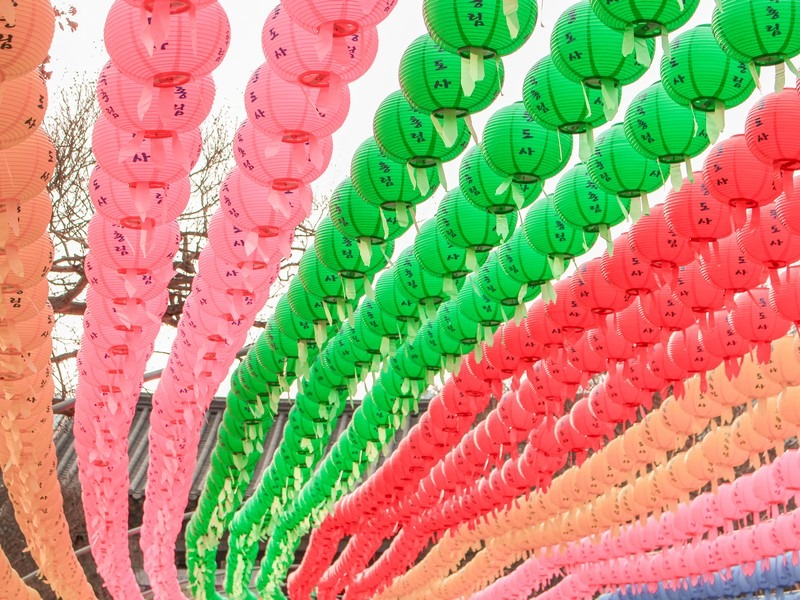
The Modern-Day Temple
Tongdosa temple stands out not only for its spiritual significance but also for its aesthetic and serene layout. You’ll often hear about the aesthetics behind how traditional buildings have been constructed and where they’ve been constructed. Tongdosa Temple runs north to south with a stream that flows from east to west, a unique alignment to the temple.
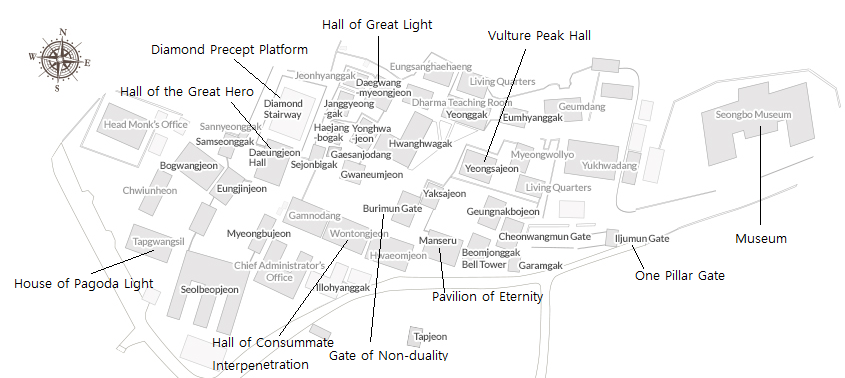
This temple complex, which includes around 500 monks and nuns and 17 hermitages, survived the Japanese invasion of the late 16th century and was meticulously rebuilt in the early 17th century. Today, it is Korea’s largest monastic complex.
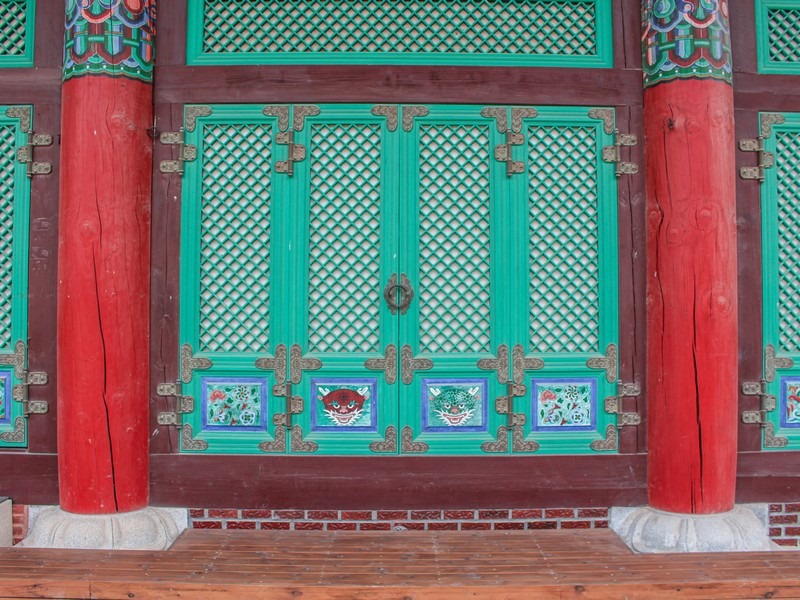
Walk up a trail about a kilometer long, flanked by a forest on one side and a beautiful stream on the other to find the entrance gate to the temple front. Along this path, look for the numerous steles and stone monuments dedicated to distinguished monks.
The modern Tongdosa museum, which showcases ancient and modern Buddhist paintings, adds another layer of cultural richness to the experience. There is an excellent collection of art inside.
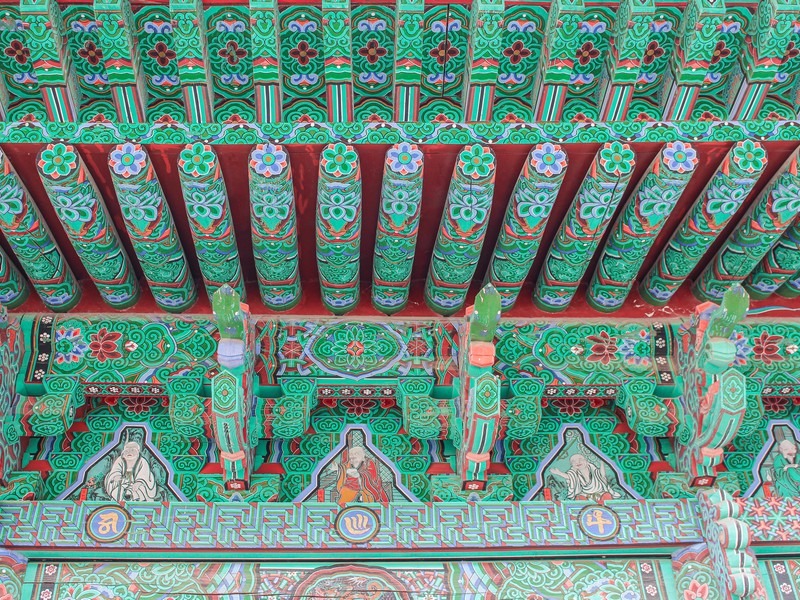
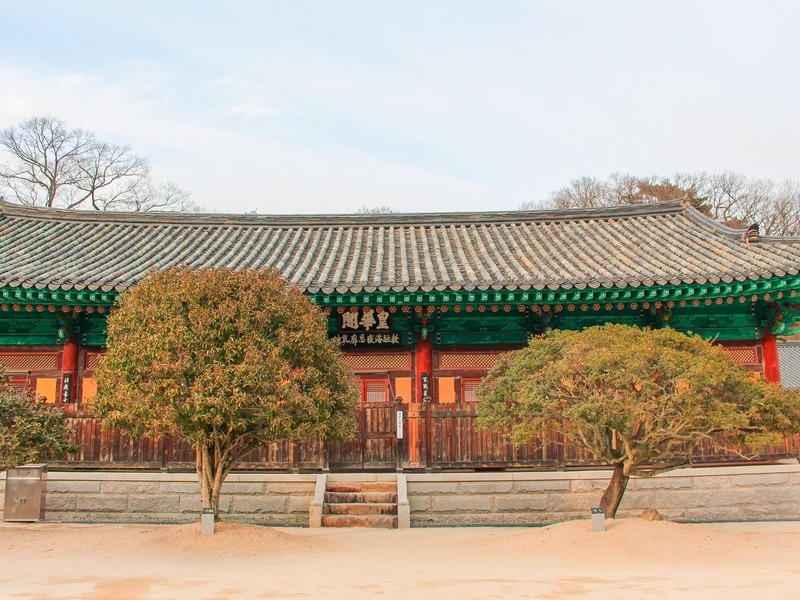
Be sure to look for the Three Arch Bridge, Samseongbanwol, meaning three stars and a half moon. It’s also called the One Mind Bridge.
As you pass through the gate of the Four Heavenly Kings into the main temple area, you’ll be greeted by old halls that house stupas containing the sacred relics of Sakyamuni. These buildings, dating back to the early 17th century, have a weathered charm that enhances Tongdosa’s quaint and sacred atmosphere.
Wondering why it’s called the temple with no Buddha? In the main hall there is no Buddha statue like most temples, instead there is just a cushion and a window that looks out over the Geumgang Gyedan, or the Diamond Altar.
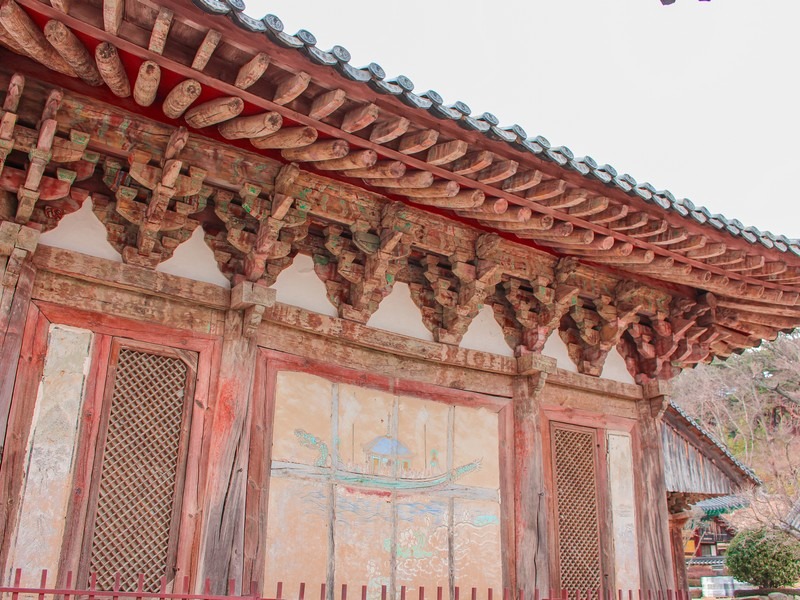
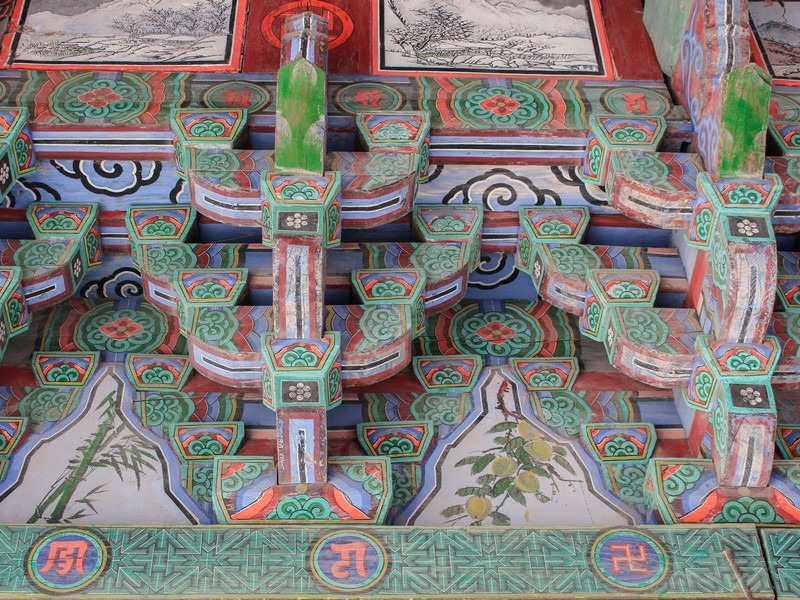
Annual Events at Tongdosa
Tongdosa Temple hosts some special annual events. Note that the months mentioned are on the lunar calendar.
- March: Boddhisattva precepts ceremony for lay people.
- April: Buddha’s Birthday
- September: Memorial Service to pay homage to the predecessors and to renew one’s determination for practicing Buddhism.
- November: The 53-day Hwaeom Dharma Gathering
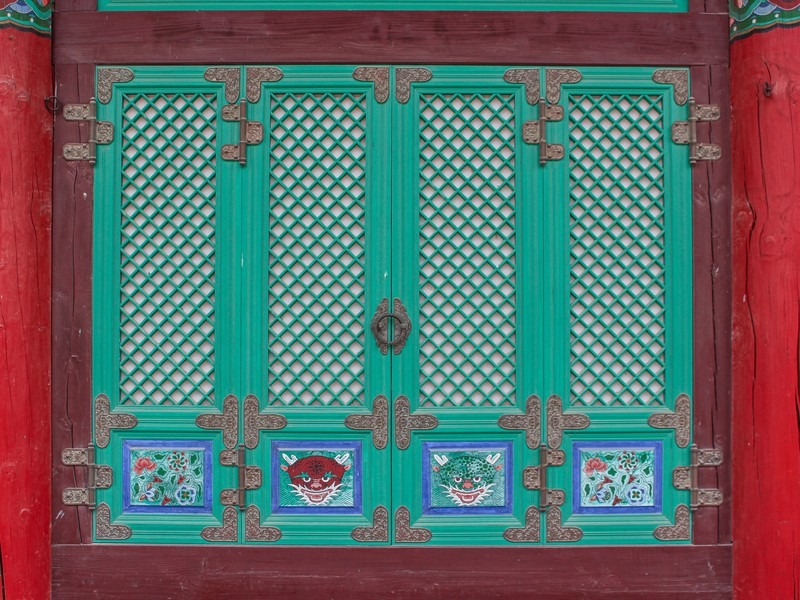
Not only because it’s the biggest temple in Korea, but also because of the immense history and relics these buildings hold, you should definitely try to visit Tongdosa Temple in Korea.
Did you like this post? Pin IT!
